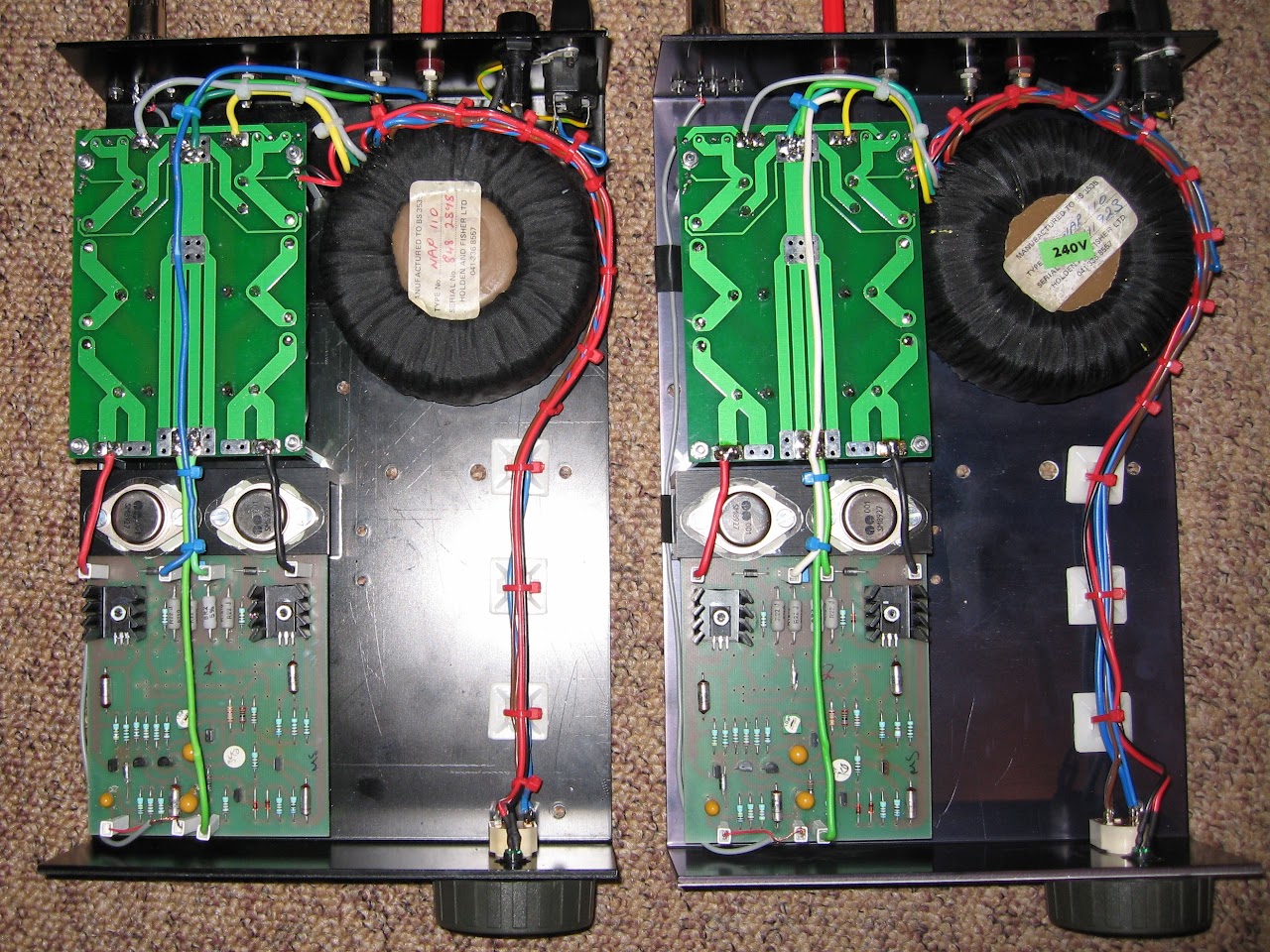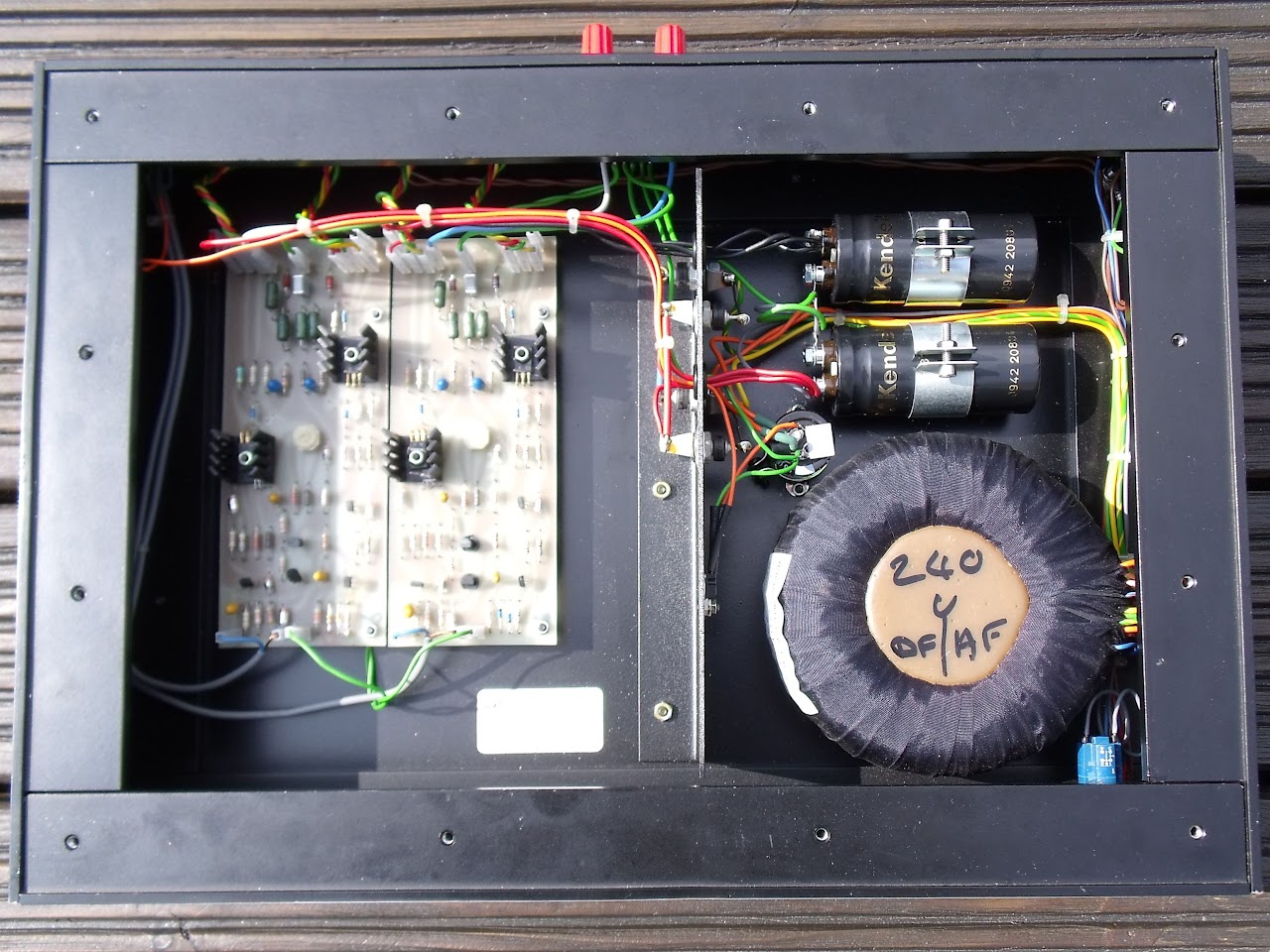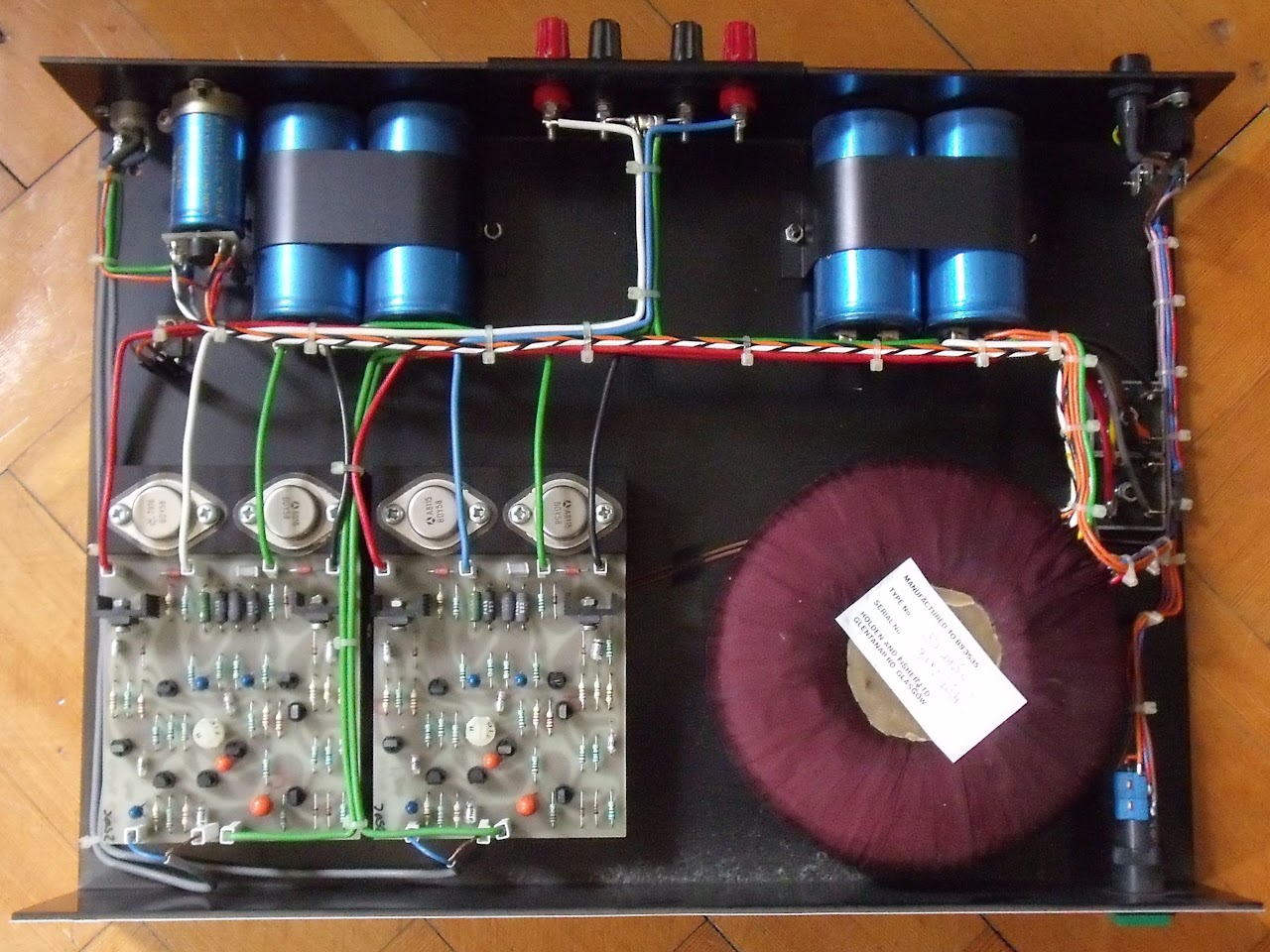_webwasher
pfm Member
what´s the difference sound wise between both kind of amplification assuming that all amps are recapped?
thanks for charing your experience!
thanks for charing your experience!
what´s the difference sound wise between both kind of amplification assuming that all amps are recapped?
thanks for charing your experience!



I actually prefer the un regulated Naim power amps but that's another can of tuna.

None within the lower power limit of the 110.
The boards are essentially the same, and the level of inter-channel bleed in the stereo amp is hugely below audible thresholds. The shared power supply in the 160 is sufficient for each channel to deliver full output with one or both channels driven. Both nice classic Naim amps of good performance.
